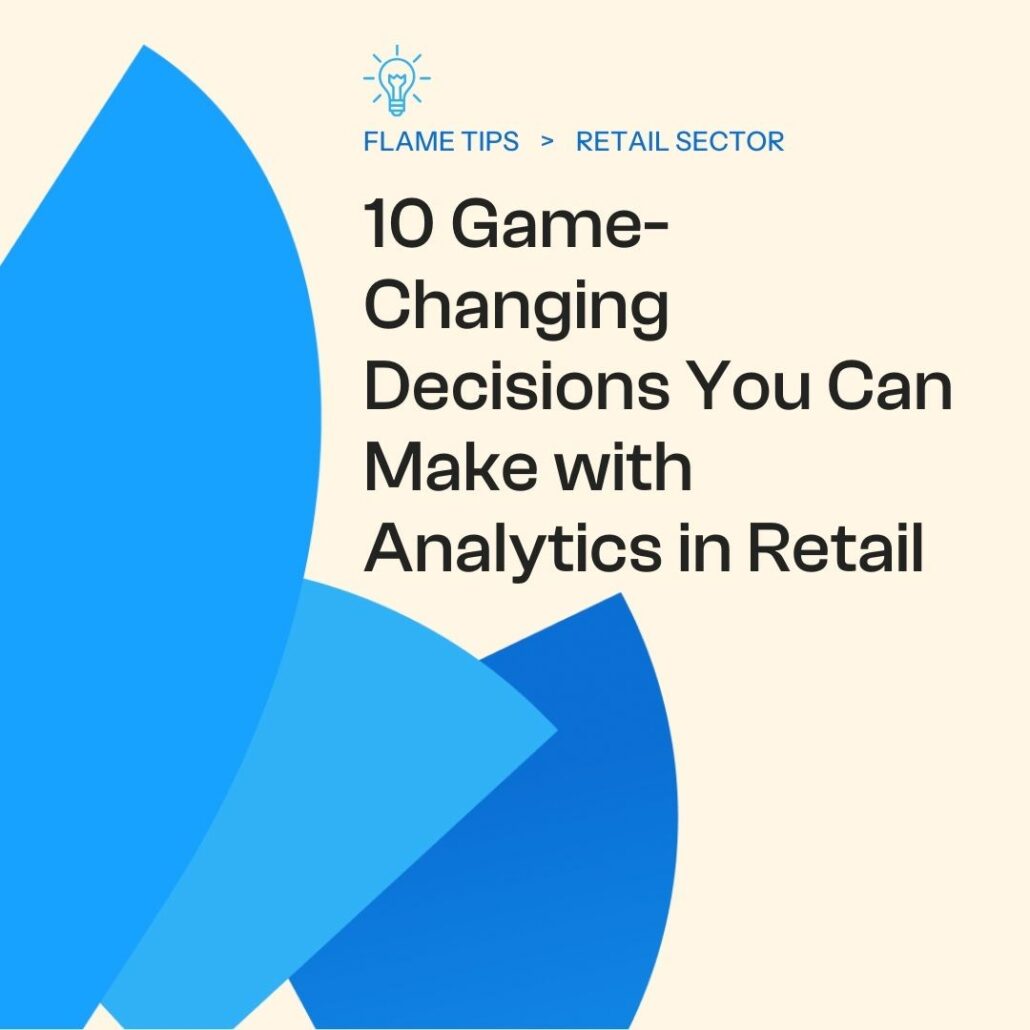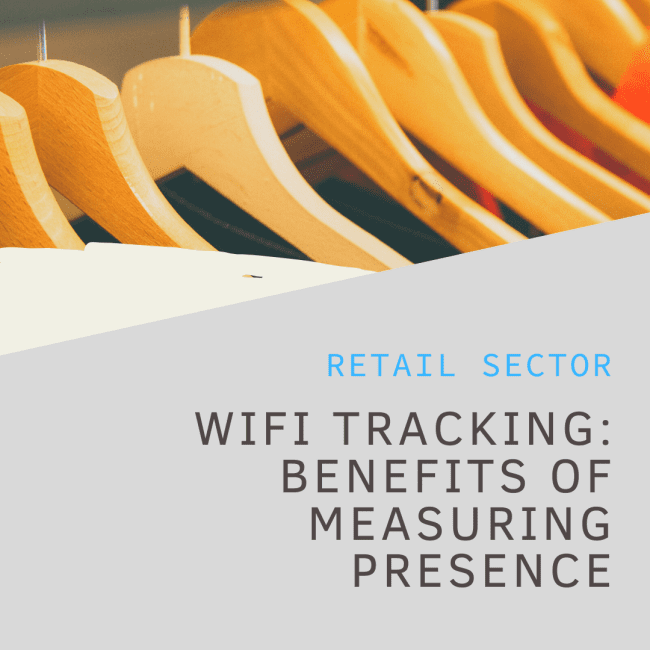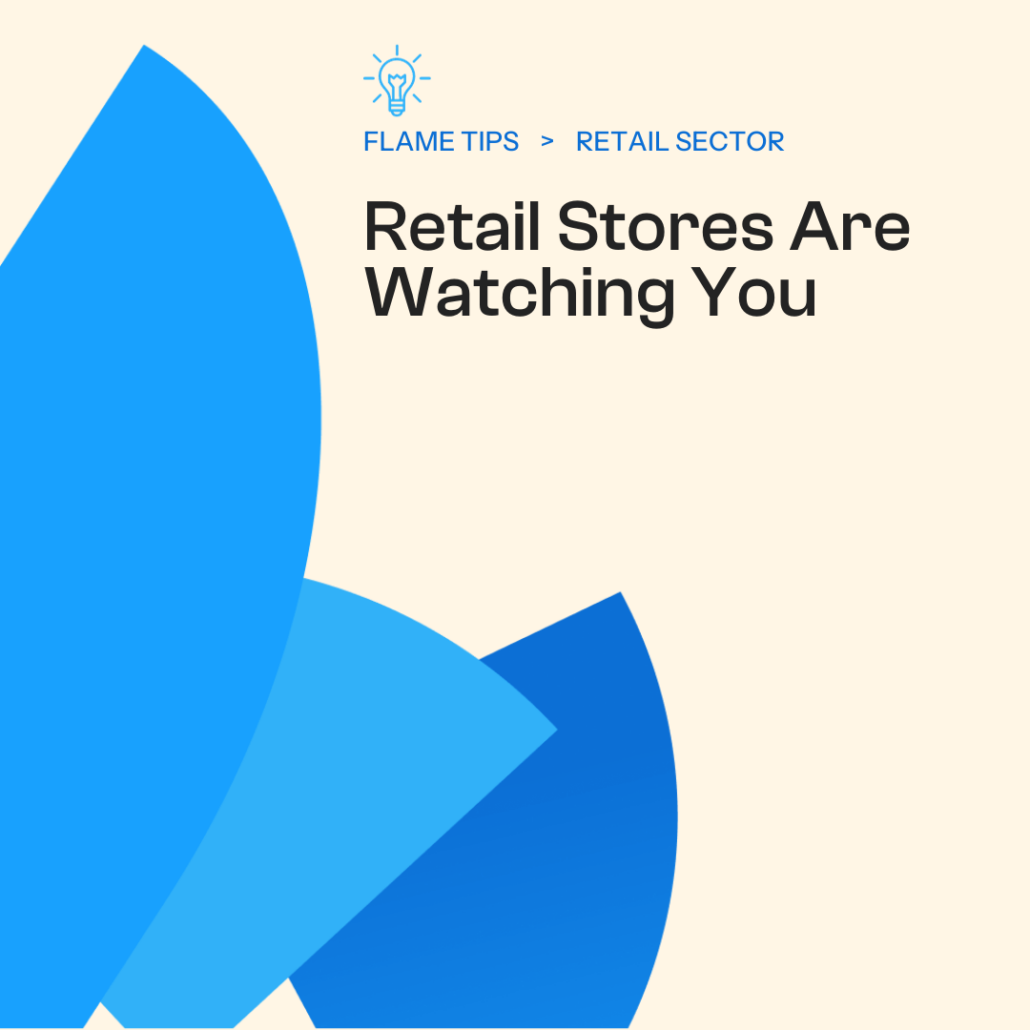Analytics in retail lets you make informed decisions that can set you apart from the competition. With Flame Analytics, retailers gain access to a treasure trove of data about their physical spaces, enabling them to make smarter, data-driven decisions that boost efficiency and enhance customer experience. Here are ten key decisions you can make thanks to analytics.
Analytics in Retail – 10 key decisions
1. Optimizing Store Layout
Decision: Rearrange store fixtures and product placement.
How Analytics Help: Heat maps show where customers spend the most time, allowing you to position high-margin products in high-traffic areas and create a more intuitive store layout.
2. Efficient Staffing
Decision: Adjust staffing levels based on foot traffic and occupancy data.
How Analytics Help: People counting and occupancy analytics reveal peak shopping times, enabling you to schedule staff more effectively and reduce labor costs during slower periods.
3. Enhancing Customer Experience
Decision: Improve store ambiance and layout based on customer movement patterns.
How Analytics Help: Understanding customer flow helps you eliminate bottlenecks and create a smoother shopping experience, from the entrance to the checkout.
4. Targeted Marketing Campaigns
Decision: Develop promotions and advertisements tailored to specific demographics.
How Analytics Help: Demographic insights reveal your customers’ age, gender, and interests, allowing you to craft targeted marketing campaigns that resonate with your audience.
5. Streamlining Checkout Processes
Decision: Implement changes to reduce wait times at the checkout.
How Analytics Help: Queue analytics track wait times and queue lengths, helping you identify the need for additional checkout lanes or staff during busy periods.
6. Managing Inventory
Decision: Adjust inventory levels based on customer traffic and purchasing patterns.
How Analytics Help: People counting and heat maps can indicate which products are most popular and when, helping you manage stock levels and avoid overstocking or stockouts.
7. Enhancing Store Design
Decision: Redesign store sections to improve customer engagement.
How Analytics Help: Heat maps and customer movement data identify high-traffic areas where strategic design changes can enhance customer interaction and increase sales.
8. Optimizing Store Hours
Decision: Adjust store hours based on peak traffic times.
How Analytics Help: Occupancy and foot traffic data reveal when your store is busiest, allowing you to optimize hours of operation to better match customer behavior and improve sales.
9. Improving Customer Retention
Decision: Tailor loyalty programs and incentives based on shopper behavior.
How Analytics Help: By understanding customer demographics and shopping habits, you can design loyalty programs that appeal to your most frequent shoppers and drive repeat business.
10. Boosting Sales through Strategic Promotions
Decision: Launch targeted in-store promotions and discounts.
How Analytics Help: Analyzing foot traffic and purchase patterns helps you time promotions and discounts for maximum impact, ensuring they align with customer behavior and drive higher sales.
Conclusion
Flame Analytics empowers retailers with actionable insights that go beyond traditional metrics, allowing for data-driven decision-making that enhances every aspect of the retail experience. By leveraging these analytics, you can optimize your store layout, improve operational efficiency, and create a more engaging shopping environment. Embrace the power of Flame Analytics and transform your retail strategy into a competitive advantage.
Ready to make smarter retail decisions? Discover how Flame Analytics can provide the insights you need to elevate your business.







